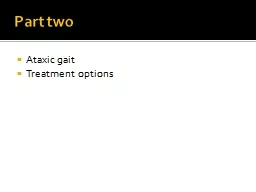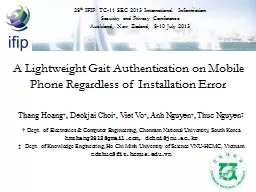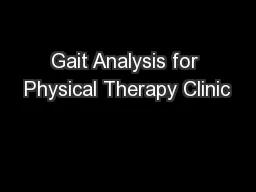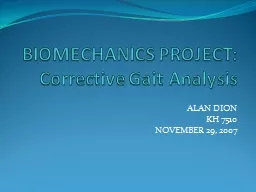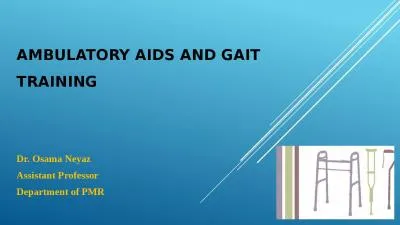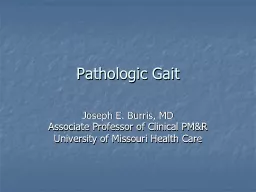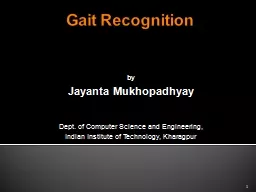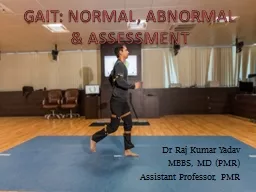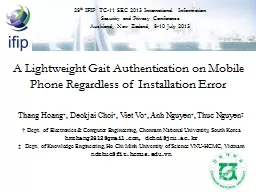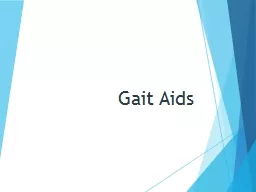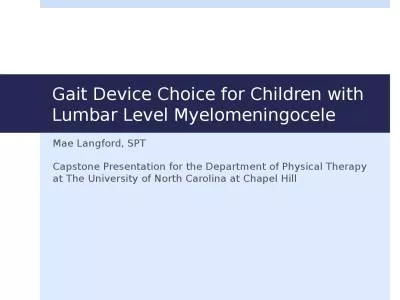PPT-Part two Ataxic gait Treatment options
Author : lindy-dunigan | Published Date : 2020-04-03
Ataxia gait Inability to make movements which require groups of muscles to act together in varying degrees of cocontraction Easiest to observe during singlestance
Presentation Embed Code
Download Presentation
Download Presentation The PPT/PDF document " Part two Ataxic gait Treatment options" is the property of its rightful owner. Permission is granted to download and print the materials on this website for personal, non-commercial use only, and to display it on your personal computer provided you do not modify the materials and that you retain all copyright notices contained in the materials. By downloading content from our website, you accept the terms of this agreement.
Part two Ataxic gait Treatment options: Transcript
Download Rules Of Document
" Part two Ataxic gait Treatment options"The content belongs to its owner. You may download and print it for personal use, without modification, and keep all copyright notices. By downloading, you agree to these terms.
Related Documents

